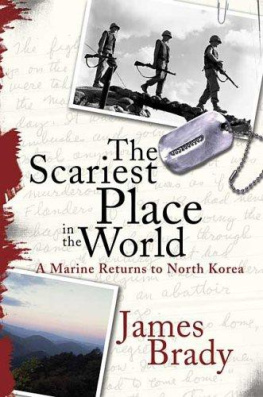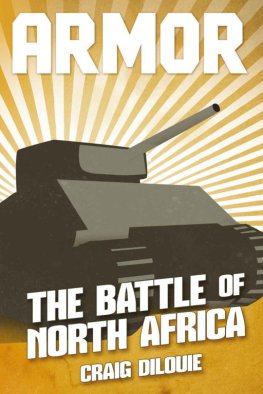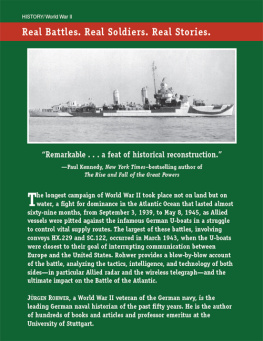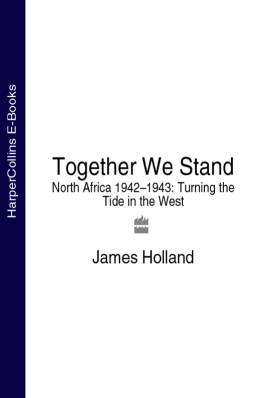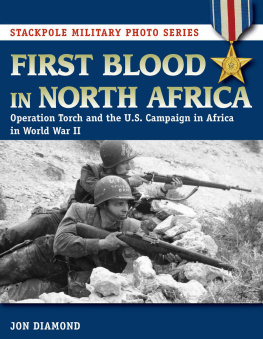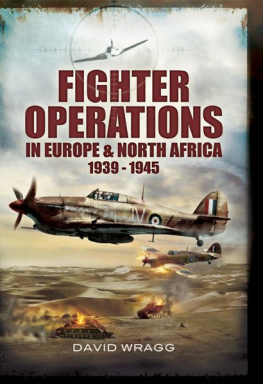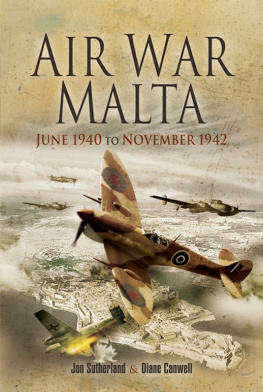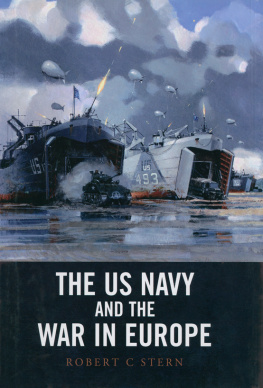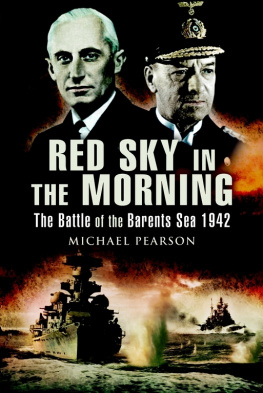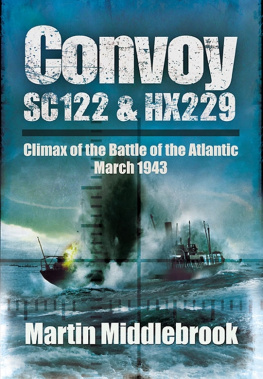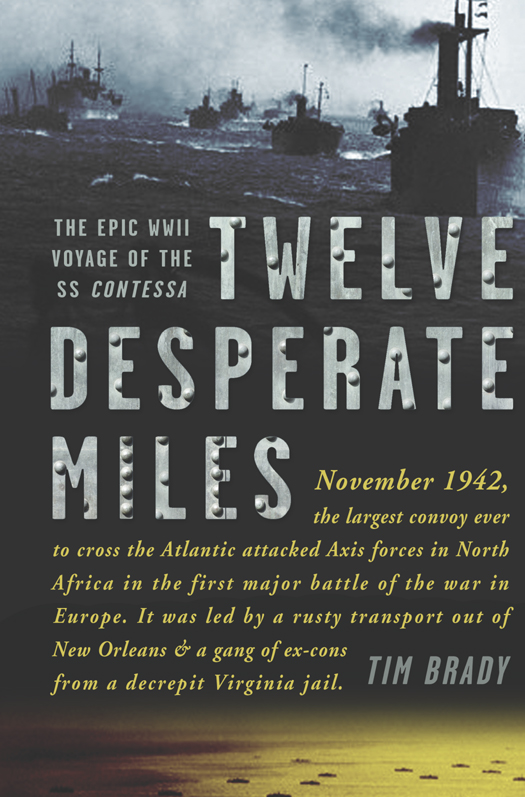Copyright 2012 by Tim Brady
All rights reserved.
Published in the United States by Crown Publishers, an imprint of the Crown Publishing Group, a division of Random House, Inc., New York.
www.crownpublishing.com
CROWN and the Crown colophon are registered trademarks of Random House, Inc.
Library of Congress Cataloging-in-Publication Data
Brady, Tim, 1955
Twelve desperate miles : the epic WWII voyage of the Contessa / Tim Brady.1st ed.
p. cm.
1. World War, 19391945Riverine operationsMorocco. 2. World War, 19391945Riverine operations, American. 3. World War, 19391945CampaignsAfrica, North. 4. Operation Torch, 1942. 5. Contessa (Steamer) I. Title.
D766.99.M6B73 2012
940.54234dc23 2011026090
eISBN: 978-0-307-59039-8
Maps by David Lindroth, Inc.
Jacket design by Whitney Cookman
Jacket photography: Hulton-Deutsch Collection/CORBIS (top); Bettman/CORBIS (bottom)
v3.1
To Lieutenant, Junior Grade, Wallace A. Brady, U.S.N.,
Navy Cross, 1945, at Iwo Jima
CONTENTS
DRAMATIS PERSONAE
(in order of appearance)
Ren Malevergne (aka The Shark, Monsieur Prechak)River pilot of the French Moroccan Port Lyautey. When France fell to Hitlers army in the summer of 1940, he joined the French underground forces in Morocco, subverting the Vichy regime in Africa. He was ultimately tapped by Allied forces for a special mission. Husband to Germaine; father to Claude and Ren.
Paolantonacci, Brunin, Ravel, Brabancon, and RoccaColleagues of Malevergne in Port Lyautey.
Captain William Henry JohnWelsh-born master of the SS Contessa, veteran of the British Royal Navy in World War I, for more than twenty years a resident of New Orleans, and longtime employee of the Standard Fruit Company. He and his ship were called to duty by the U.S. War Shipping Administration in the spring of 1942 and began transporting U.S. troops and supplies from New York to North Ireland that summer. Husband to Bessie; father to Peggy and Betts.
Rear Admiral Karl DoenitzLeader of Germanys U-boat campaign. He would also briefly succeed Adolf Hitler as the last fhrer of the Third Reich in the waning days of the war.
General George PattonAppointed commander of the I Armored Corps in July 1942, Major General George Patton received another command come August, when he was tapped by Eisenhower to head the Western Task Force of Operation Torch, the invasion of North Africa.
General George MarshallAppointed Army Chief of Staff by President Franklin Delano Roosevelt in September 1939. He would remain in that post, based in Washington, throughout the war. In 1944, Marshall became the first five-star general in the U.S. Army in World War II.
General Dwight David EisenhowerIn late May 1942, General Dwight David Eisenhower flew to London, where he assumed command of the European Theater of Operations (ETOUSA). From offices there, he would oversee the pending invasion of North Africa.
General Lucian TruscottNewly promoted Brigadier General Lucian Truscott was in England, charged with the development of an Army Ranger unit patterned after British commando forces, as the invasion of North Africa evolved.
Captain Harry ButcherNaval aide to General Eisenhower in London. Butcher was ordered by his commander to keep a diary of the activities of Eisenhowers office. Butcher published My Three Years with Eisenhower after the war.
General Alan BrookeChief of the Imperial General Staff; essentially, head of the British army; Marshalls counterpart in initial discussions on where to attack the Axis. Brooke argued strenuously against Operation Roundup, the American plan to invade France in 1942.
Vice Admiral Wion de Malpas Egerton and Commodore Lennon GoldsmithRoyal Navy commanders of the first and second convoys in which the Contessa sailed.
Admiral Henry Kent HewittA thirty-five-year veteran of the U.S. Navy. Admiral Hewitt commanded the Atlantic Fleet amphibious forces in the summer of 1942. He would soon butt heads with General George Patton as they planned together (and separately) the combined navy and army operations of the Western Task Force of Operation Torch.
The ApostlesNickname given to the OSS operatives who arrived in North Africa in the wake of the February 1941 Murphy-Weygand Agreement, which allowed for trade between the United States and Vichy North Africa. These spies slipped into North Africa in the guise of U.S. customs agents charged with making sure American goods were not shipped to Germany.
Colonel William Bill EddyWorld War I vet, scholar, and expert on Middle Eastern affairs, Eddy was sent to Tangier in 1941 to serve, nominally, as a naval attach. His actual duties were to gather intelligence for the OSS and serve as the overseer of the Apostles in northwest Africa.
Robert MurphyAmerican consul in Paris in the 1930s. Murphy became FDRs man in North Africaliaison to the Vichy government and collector of information at the onset of the war.
David KingHaving served in the French Foreign Legion and the U.S. Army during World War I, King came to Casablanca as an OSS operative in 1941.
Gordon BrowneAn archaeologist by trade, Browne was a relatively new OSS recruit stationed in Tangier. He and Franklin Holcomb happened to be in Casablanca at a propitious moment for Ren Malevergne and the future of Operation Torch in September 1942.
Franklin HolcombSon of Marine Corps Commandant Thomas Holcomb. Franklin worked out of Tangier as assistant naval attach to William Eddy. He was on assignment with Browne on a tour of the interior of Morocco when the pair came to Casablanca.
Hal WallisChief of production at Warner Brothers Studios in Hollywood, Wallis was overseeing the editing and promotional campaign of a new film called Casablanca in the late summer of 1942. He was completely unaware of any Allied plans involving North Africa.
General Alfred GruentherCalled over to London in August 1942 from a station in San Antonio, Texas, to assume the post of chief of staff for Eisenhower, Mark Clark, and the North African campaign, Gruenther had a steep learning curve in order to catch up to fast-developing plans.
Major General Mark ClarkAppointed by Eisenhower as overall deputy commander in chief of Allied forces in North Africa.
Carl ClopetCasablanca hydrographer exfiltrated from Morocco to London in order to aid Allied planning for the invasion of Africa.
Goalpost planning teamIncluded British members of Louis Lord Mountbattens staff and American officers serving under General Lucian Truscott. Both were brought together in Washington in mid-September 1942 to help coordinate the Port Lyautey attack force in the invasion of Morocco. British members were Commanders Dick Costabadie and John Homer and Major Robert Henriques. American members of Truscotts planning team included Majors Ted Conway and Pierpont Morgan Hamilton. Hamilton was the grandson of the famed financier J. P. Morgan and the great-great-grandson of Alexander Hamilton.


